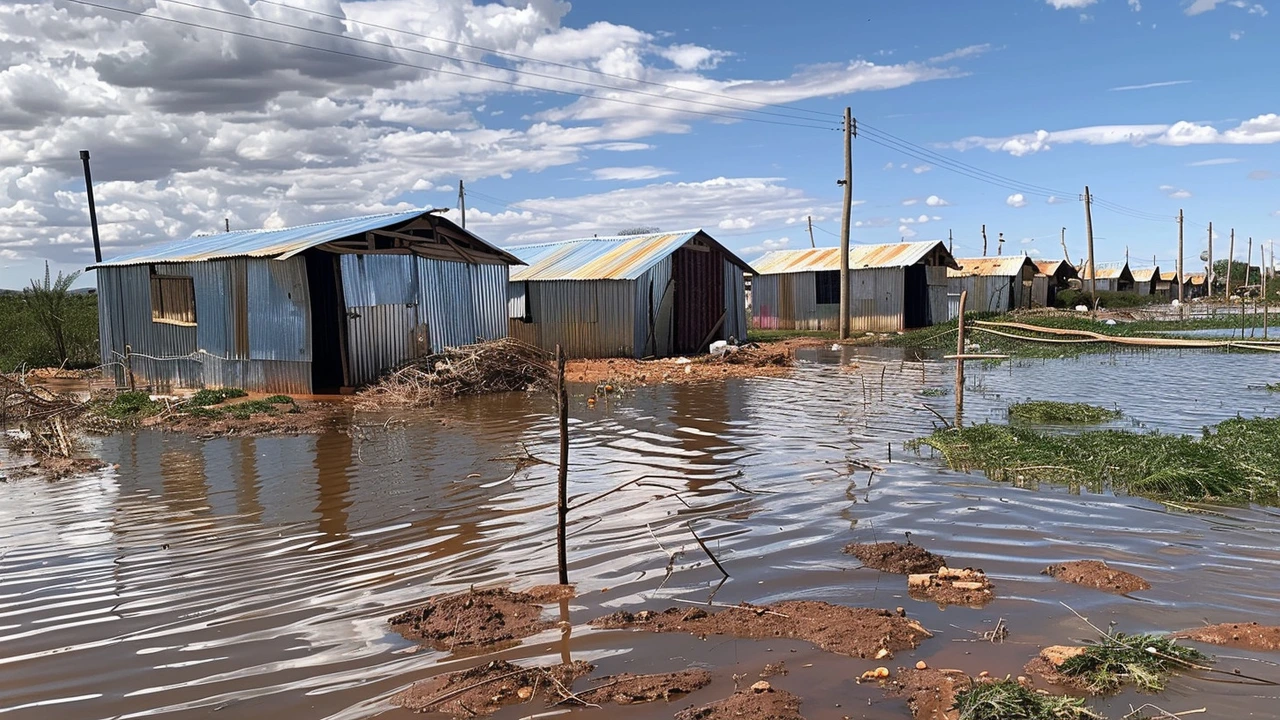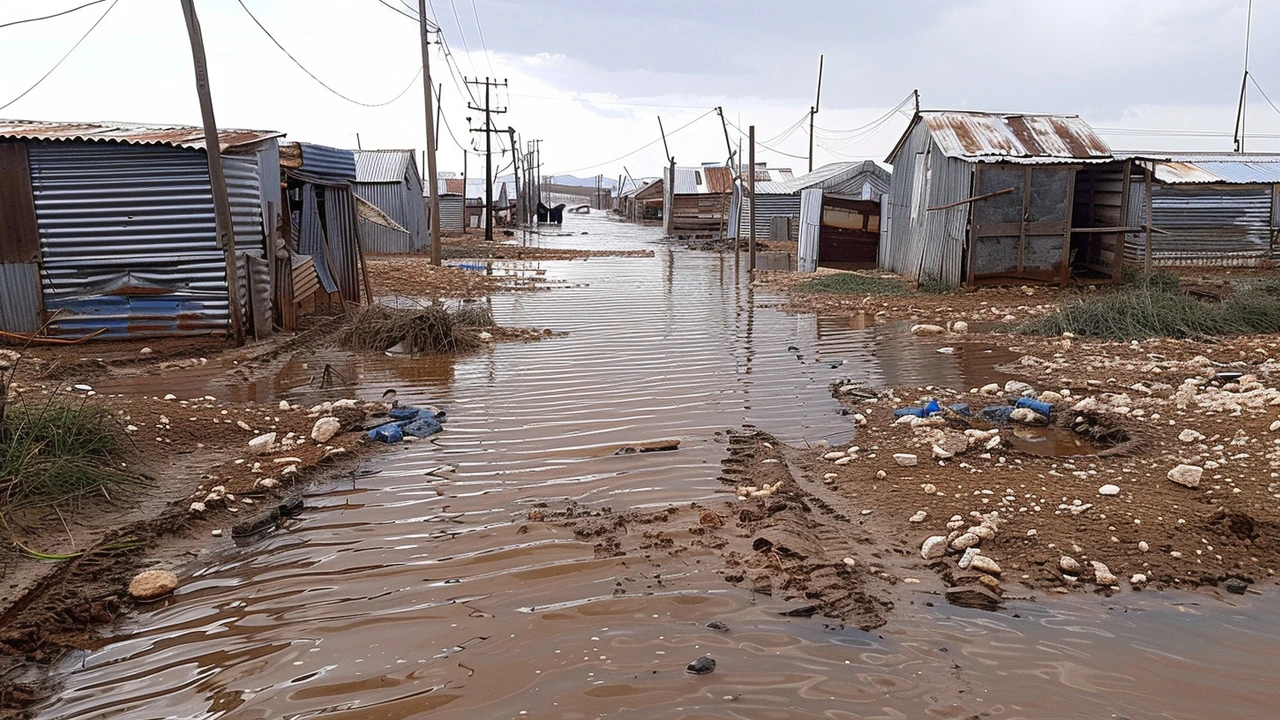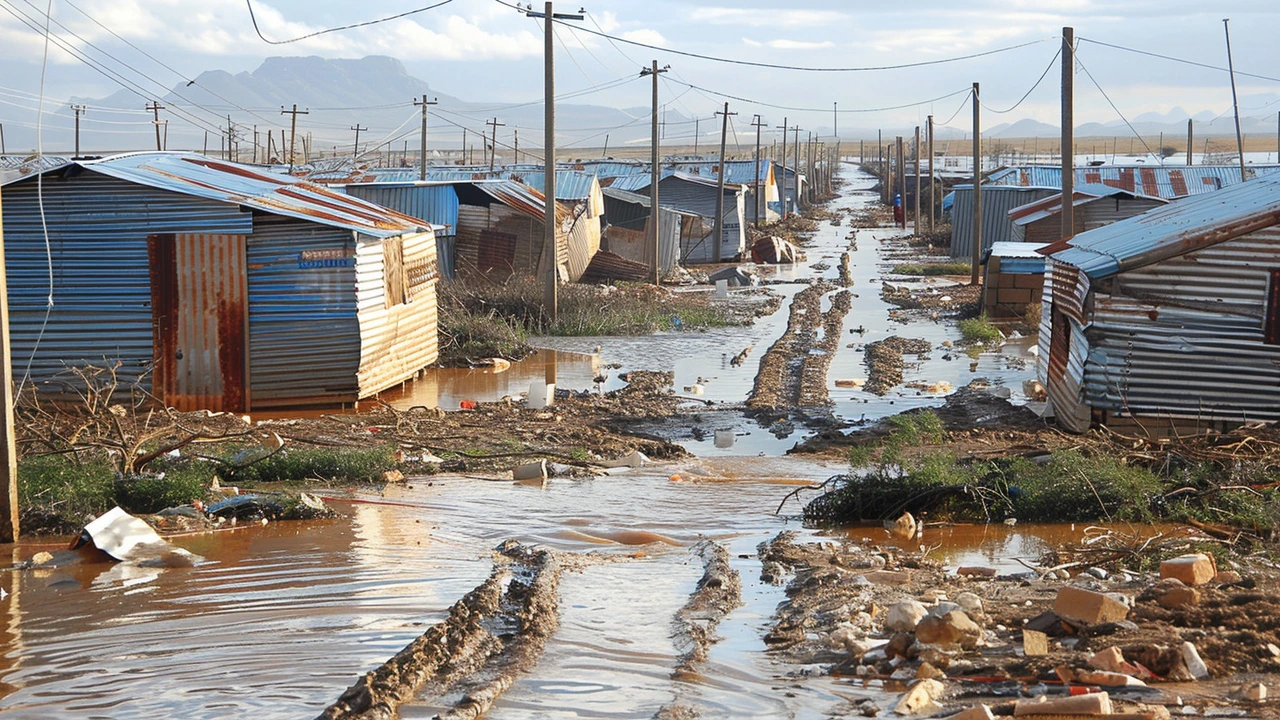Seven Fatalities, Over 1,300 Displaced as Devastating Floods Hit Eastern Cape
3 Jun, 2024Severe Floods in Eastern Cape: A Detailed Report
In a devastating turn of events, the Eastern Cape province of South Africa is reeling under the impact of immense floods that have led to the tragic loss of seven lives and have rendered over 1,300 residents homeless. The relentless rains commenced with an overwhelming force, battering the region and causing widespread chaos and destruction. These torrential downpours have particularly hit Nelson Mandela Bay and Buffalo City, two regions that have been burdened under severe water-induced calamities.
Nelson Mandela Bay, often bustling with activities, faced one of its worst natural disasters in recent history. The floods resulted in the uprooting of trees and causing massive mudslides, which in turn have blocked numerous roadways, making commutation a herculean task. Essential services have been significantly hampered, and efforts to restore normalcy are challenged by continuous heavy rainfall. The area, known for its vibrant community life and economic activities, now showcases scenes of desolation and despair. Houses have been submerged, and streets that once saw vibrant footfall now bear signs of catastrophic destruction.
In Buffalo City, the situation turned dire quickly as vehicles were trapped on flooded bridges and roads. People, panicking and trying to navigate through the deluge, found themselves stranded with no immediate help at hand. Rescue teams are working round the clock to evacuate stranded individuals and provide necessary aid. It's a race against time as more rain is anticipated, which could exacerbate the already critical conditions. The local government, along with national agencies, is mobilizing resources to offer relief, but the sheer scale of the disaster poses a monumental challenge.
The Human Toll and Rescue Efforts
As families grapple with the loss of loved ones and the destruction of their homes, authorities are working relentlessly to mitigate further casualties. Efforts are ongoing in Kariega, another area severely impacted by the floods. Rescue teams are scouring through debris and navigating treacherous terrain in search of missing persons. The resilience of the human spirit shines through as volunteers and community members come together to support rescue operations.
Local shelters are being set up for those who have been displaced, providing temporary relief amid chaos. However, the displacement exodus has stretched resources thin. Basic amenities such as food, water, and medical supplies are being distributed, but the demand far exceeds the available supply. International assistance and donations are pouring in, highlighting the global community's solidarity in times of distress.

Weather Forecast: More Rains Expected
The South African Weather Service has issued a stern warning that the situation could deteriorate further with more rain expected in the coming days. Monday is projected to bring another bout of heavy downpours, adding to the woes of an already inundated region. Meteorologists are analyzing patterns and issuing alerts to preempt any further calamity.
The unpredictability of natural disasters is a stark reminder of the need for robust infrastructure and disaster management plans. As efforts to rescue and rehabilitate continue, there is an urgent call for enhancing preparedness to avert such large-scale tragedies in the future. Scientists and environmentalists are also weighing in on the larger issue of climate change, which they argue is contributing to the frequency and intensity of such extreme weather events.
Community and Government Response
The community's response has been nothing short of heroic. From setting up makeshift shelters to pooling resources for relief work, the collective effort has been heartening. Government officials are on the ground coordinating efforts and ensuring that aid reaches the most affected areas. Local businesses and individuals are donating generously, reflecting a united front in the face of adversity.
Despite the dire circumstances, stories of survival and humanity continue to emerge. Families helping each other, strangers extending a hand, and the relentless spirit of the rescue teams offer hope amidst tragedy. The rebuilding process, though lengthy and arduous, will likely see the community come out stronger and more united.

The Path to Recovery
As the immediate threat of the floods remains, the focus will eventually shift to recovery and rebuilding. Long-term rehabilitation plans are being discussed, with experts advocating for sustainable development and resilient infrastructure. The aim is to not only rebuild what has been lost but to create a system robust enough to withstand future adversities.
Education and awareness about disaster management are crucial. Incorporating these into local policies and community practices could better prepare residents for such events. Investment in early warning systems, efficient drainage, and robust construction standards are some measures that could mitigate the impact of future floods.
The Eastern Cape Floods have been a stark reminder of nature's unpredictability and the immense impact climate change can have on our daily lives. As rescue and relief operations continue, the focus will remain on the well-being of the affected people and how the community, along with the government, navigates this challenging time.

 by
by